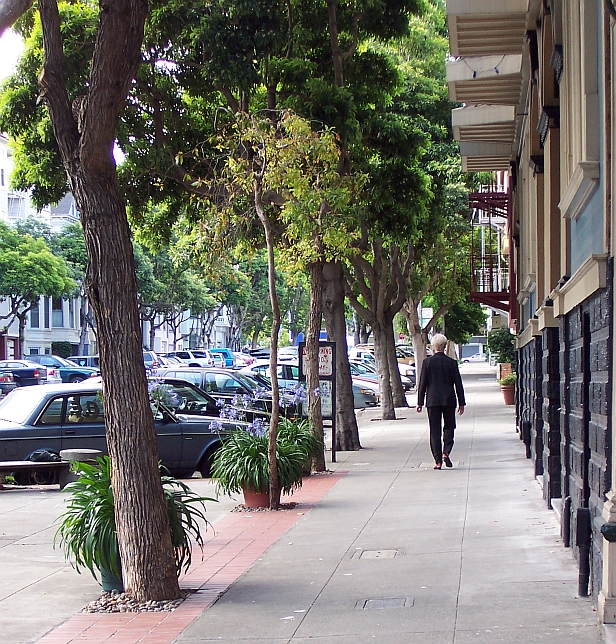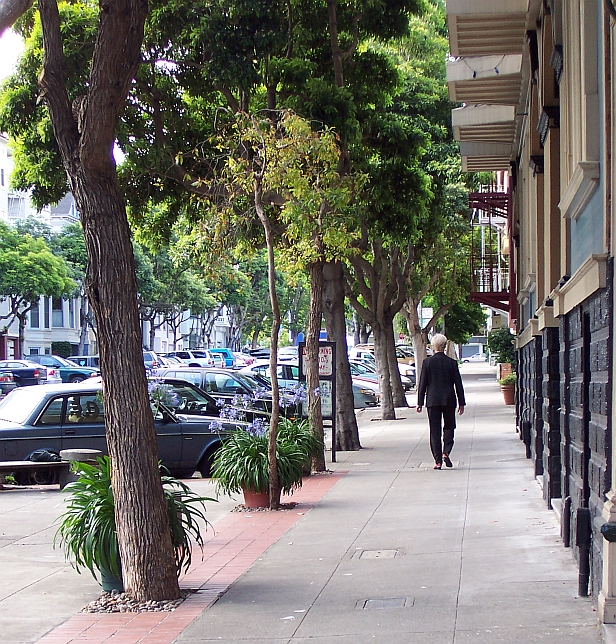 Perhaps you know about Walk Score, the delightfully intuitive tool that calculates how walkable a neighborhood is and ranks it on a 100-point scale. (My Seattle neighborhood gets an 85; my suburban Chicago hometown gets a 31.) It was cooked up by Seattle developer Mike Mathieu and others to help quantify walkability and promote its value in the real estate industry (the New York Times reported on its influence).
Perhaps you know about Walk Score, the delightfully intuitive tool that calculates how walkable a neighborhood is and ranks it on a 100-point scale. (My Seattle neighborhood gets an 85; my suburban Chicago hometown gets a 31.) It was cooked up by Seattle developer Mike Mathieu and others to help quantify walkability and promote its value in the real estate industry (the New York Times reported on its influence).
There’s talk of a successor to Walk Score that measures not just whether neighborhoods have amenities like groceries, schools, and shops, but also whether they have economic and aesthetic diversity. From Publicola:
[T]he Preservation Green Lab’s Liz Dunn and Walkscore’s Matt Lerner have recently been tossing around a cool idea: the JaneScore. It would be a metric that counts all the subtle features that make for a healthy urban neighborhood, as famously articulated by the late Jane Jacobs.
The key attribute is diversity. In my interpretation, the JaneScore would focus on measuring diversity in a wide range of elements, such as building width, height, condition, style, and age; commercial space use, size, and rent; housing unit type, cost, and tenant demographics. Metrics to rate the vitality of street life would help round out the score.
Building JaneScore maps sounds more difficult than building Walk Score, which draws from Google data. But it would help separate gentrified neighborhoods from economically varied ones. It would separate squeaky clean new neighborhoods from more eclectic historic ones. If JaneScore gets built out, it could yield heaps of information about the various flavors of urban living, which has great potential to be sustainable living.
And even if it doesn’t come to fruition, it’s a fun thought exercise.
For more on Jane Jacobs’ strong influence on contemporary thinking about urbanism, Benjamin Schwarz has a good and critical essay at The Atlantic.



